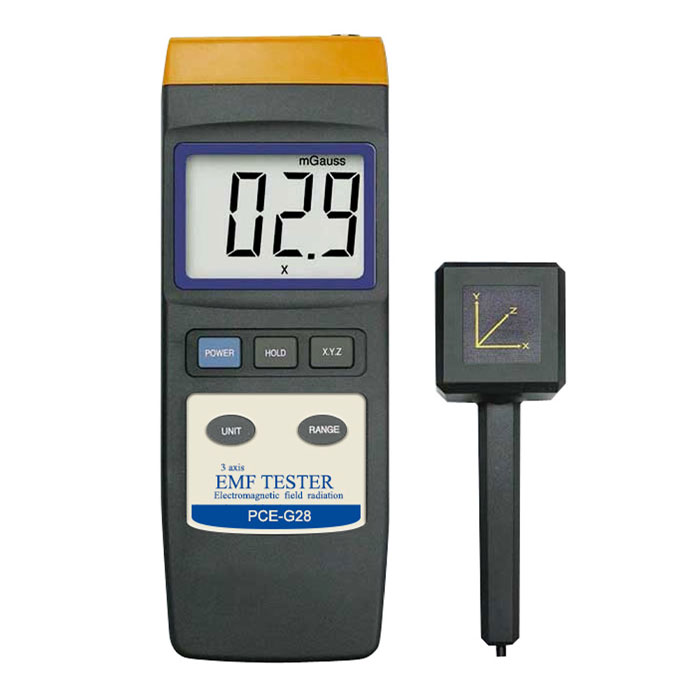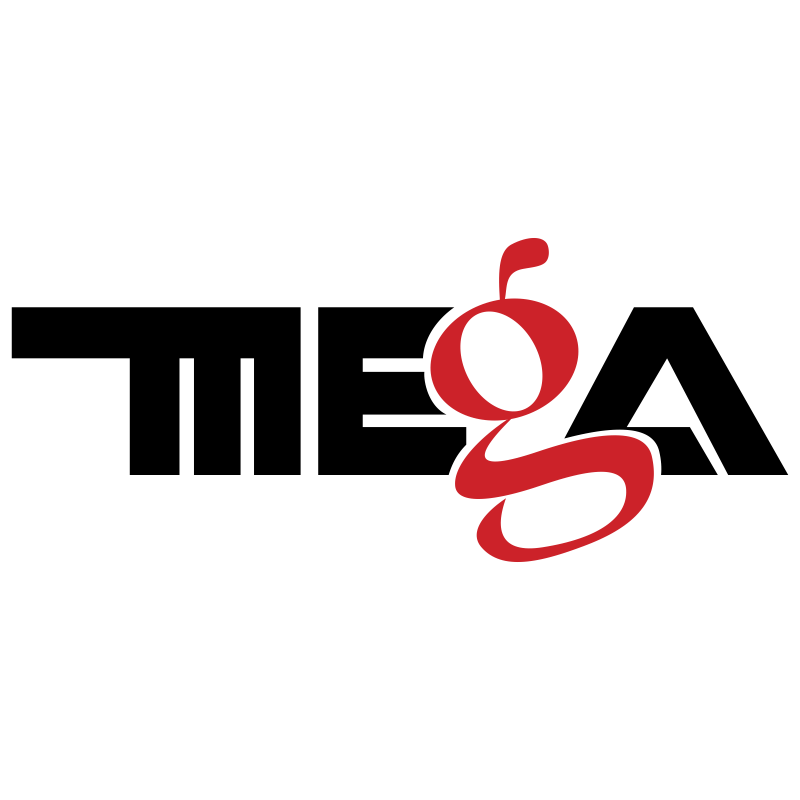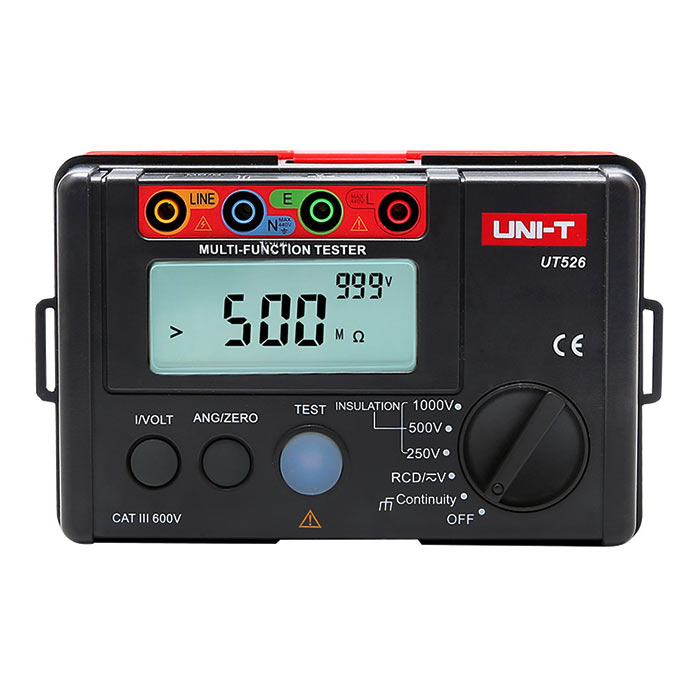

-
$ 362.16
Reviews & Ratings
PCE-G28 Gaussmeter
An instrument called a gaußmeter is used to gauge the strength of the magnetic field. This gadget uses a sensor and a display to detect the magnetic field. Gauss meters are employed in a variety of sectors, including business, healthcare, and academia.
product overview
The European Union’s IEC 801-1 (EN 50081-1) Electromagnetic Compatibility Directive and the requirements for laboratories and measuring equipment Both requirements of IEC 204 (EN 60204) are met by the radiation meter. The triaxial probe of the radiation meter can be used to save the conversions of each individual axis. It is possible to use this tiny magnetic field radiation meter in research settings, but it has features that make it perfect for industrial applications. simple, speedy, and precise.
The radiation meter’s triaxial probe measures electromagnetic radiation. The magnetic fields generated by transformers, industrial electrical equipment (such as magnetic separators, electromotors, and TVs), as well as computer displays and televisions, have all been precisely measured by the radiation meter.
applications
In the workplace, a Gauss meter is used to check the magnetic fields of electrical and electronic equipment. In the medical field, Gauss meters are used to examine magnetic fields in equipment like MRI (magnetic tomography). The magnetic fields in diverse samples and the magnetic properties of materials can both be verified using the Gauss meter in scientific study.
To buy PCE-G28 be in touch with our experts. We offer various models of PCE on our website which you can compare from different sides and choose the best one for your requirement.
PCE-G28 Gaussmeter features
- Triaxial magnetic field probe.
- The “HOLD” feature.
- The measuring units are T or mGs.
- A big LCD.
- Broad frequency spectrum (up to 300 Hz).
- Simple to use.
- Use of batteries for operation.
- To evaluate the workplace.
- It conforms with IEC801-1 (EN 50081-1) and IEC204 (EN 60204) European requirements.
PCE-G28 Gaussmeter specifications
- Measuring ranges:
micro Tesla: 0… 20 µT / 0… 200 µT / 0… 2000 µT
milli Gauss: 0… 200 mGs /0… 2000 mGs /0…20000 mGs
- Resolution:
micro Tesla: 0.01 / 0.1 / 1 µT (depending on range)
milli Gauss: 0.1 mGs / 1 mGs / 10 mGs
- Accuracy:
± 4 % + 3 d (from 20 µT and 200 mG)
,± 5 % + 3 d (from 200 µT and 2000 mGs)
± 10 % + 5 d (from 2000 µT and 20000 mGs)
The accuracies given refer to 50 – 60 Hz and < 3 V/m (RF).
- Frequency:30…300Hz
- Indicator: LCD screen
- Feed;1 x 9V battery
- Dimensions: Magnetic field meter: 195 x 68 x 30 mm
- Probe: 225 x 75 x 55 mm
- Weight:470 g (battery included)
Related Product
- PCE-428
- PCE-7132
Frequently Bought Products
-
$ 362.16









